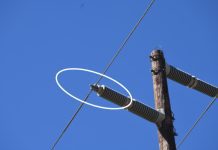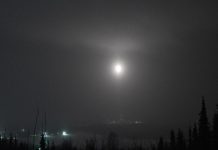
RMIT University has unveiled an innovation that harnesses static electricity from motion and wind to reduce energy consumption in air conditioning systems and other potential applications.
Made from recycled polystyrene waste, the invention aims to recycle wasted energy, offering a potential reduction in power usage and a solution to the global challenge of polystyrene waste management.
The innovation, developed in collaboration with Latvia’s Riga Technical University, addresses the environmental concerns surrounding polystyrene waste.
With over 25 million tonnes of single-use polystyrene produced each year and only a fraction recycled, RMIT’s invention could significantly impact waste reduction efforts by repurposing the material for energy production.
RMIT has already filed a provisional patent for the device and is seeking industry partners to aid in commercial development.
Lead researcher Dr Peter Sherrell, from RMIT’s School of Science, explained that the technology uses thin patches of layered polystyrene—each layer around one-tenth the thickness of human hair—to generate static electricity when exposed to airflow.
“We can produce this static electricity just from air blowing on the surface of our clever patches, then harvest that energy,” Dr Sherrell said.
“There’s potential for energy from the turbulent exhaust of air conditioning units to be collected that could reduce the energy demand by up to 5% and, ultimately, lower the carbon footprint of the system.”
Testing has demonstrated the potential of the device, with voltages of up to 230 volts—similar to household mains voltage, albeit at lower power—generated from compression and separation processes.
This energy-generating capability could also be applied in high-traffic areas like underground walkways, supplementing local energy supply without additional strain on the grid.
The static electricity produced is both stable and long-lasting, Sherrell explained, due to polystyrene’s durability.
“The same reason that it takes 500 years for polystyrene to break down in landfill makes these devices really stable – and able to keep making electricity for a long time.”
The research, published in Advanced Energy and Sustainability Research, represents a step forward in the practical application of static electricity, a phenomenon observed for centuries but now better understood at the nanoscale.
“We’ve figured out how to make the insides of reformed polystyrene rub across each other in a controlled way,” Sherrell said, “making all the charge pull in the same direction to produce electricity.”
The team said they are currently exploring other single-use plastics to determine if similar energy-generating patches can be developed, potentially offering an even broader range of sustainable applications.



















